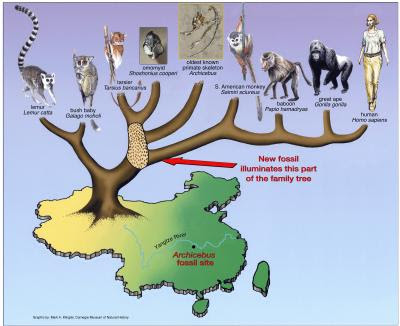ZooScan

In the mid sixteenth century, the Polish mathematician, Nicolaus Copernicus proposed putting the Sun at the centre of our solar system instead of the Earth. "The Earth was not the centre of all things celestial", he said, "but instead was one of several planets circling a sun, which was one of many suns in the universe" Three centuries later, in 1859, Charles Darwin futher changed our view of ourselves, arguing that humans were a part of Earth's natural world, not separate from the biological systems which govern the lives of all other living things. Developments of Copernicus's heliocentric idea of the origins of our place in the universe and Darwin's ideas of our kinship with prehuman ancestors, now gives us vast picture of our chemical origins. The celestial canvas stretches from the enormous mass of lifeless stardust at the beginning of the universe to the tiny pocket of stardust that made the Earth and initiated the first biochemical reactions, w...



